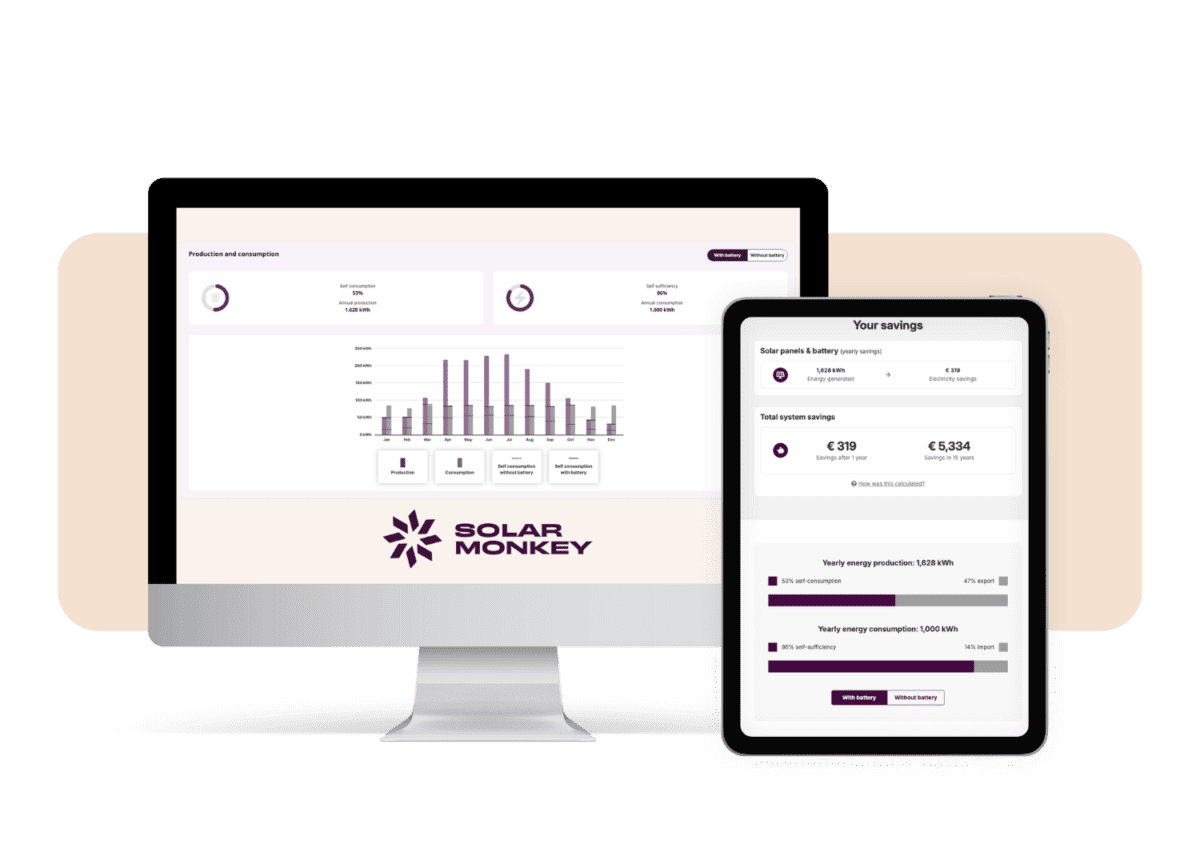Nestled within the heart of Europe, Germany is scripting a revolutionary tale in the world of renewable energy. The narrative of the Energiewende, or energy transition, is not just about combating climate change or reducing dependency on fossil fuels; it’s a robust blueprint for a sustainable future. From the gusts of wind farms to the warmth of solar rays, Germany’s renewable energy sector is a testament to innovation, determination, and a green vision. Let’s delve into the remarkable journey of renewable energy in Germany and explore how it’s setting benchmarks for a greener planet.
A symphony of solar and wind
Germany’s commitment to solar energy shines brightly with an installed photovoltaic capacity reaching 67 GW by the end of 2022, and an impressive addition of 14.28 GW in 2023. A recent Rystad Energy report forecast Germany to lead Europe’s expected 50 TWh solar power generation growth in 2024. This growth spans across home solutions, commercial real estate plants, and expansive ground-mounted installations. Wind energy (with a capacity of 148.97 TWh in 2023) sweeps across the nation, embodying both onshore and offshore prowess despite past challenges in expansion.
The biomass and hydro power cadence
Though playing a subtler tune in the renewable orchestra, biomass and hydro power contribute their melodies, accounting for less than 10% of the total installed capacity but nonetheless essential in the diverse energy mix.
A framework of support
The Renewable Energy Sources Act (EEG) and the Offshore Wind Act (WindSeeG) are the pillars supporting Germany’s renewable aspirations. Offering financial incentives, priority grid connections, and guaranteed off-take obligations, these legislative instruments harmonise Germany’s transition towards renewable reliance.
Driving forces of demand
Several catalysts are accelerating the demand for renewable energy within Germany. The Coal Exit Act, the phasing out of nuclear power, and the quest for green hydrogen spotlight the nation’s ambitious stride towards a renewable future. Moreover, the push for e-mobility underscores the growing appetite for clean electricity, propelling the demand for renewable sources.
The offshore wind energy goal
The Offshore Wind Act revision in 2023 sets a gusty goal for Germany – expanding offshore wind energy to 70 GW by 2045. This vision, supported by zero-support bids in tenders, mirrors the country’s commitment to harnessing the potent winds of the North and Baltic Seas for a sustainable future.
The solar power surge
Photovoltaic solar power is witnessing a radiant surge, driven by falling costs, technological advancements, and supportive policies. With the federal government championing “compulsory solar” for suitable roof surfaces, Germany is on track to not just meet but exceed its solar ambitions.
Compulsory solar: a luminous mandate
The legislative landscape is adapting to ensure every suitable roof in Germany basks in solar glory. From Baden-Württemberg’s pioneering solar mandate to expanded scopes for ground-mounted solar plants, Germany is laying the groundwork for a solar-powered nation.
As Germany marches forward in its renewable energy quest, it stands as a beacon of hope and a model for the world. The Energiewende is more than just an energy policy; it’s a commitment to a sustainable, cleaner, and greener future for generations to come.
What are your thoughts on Germany’s renewable energy journey? Can this green blueprint inspire global energy transitions?



